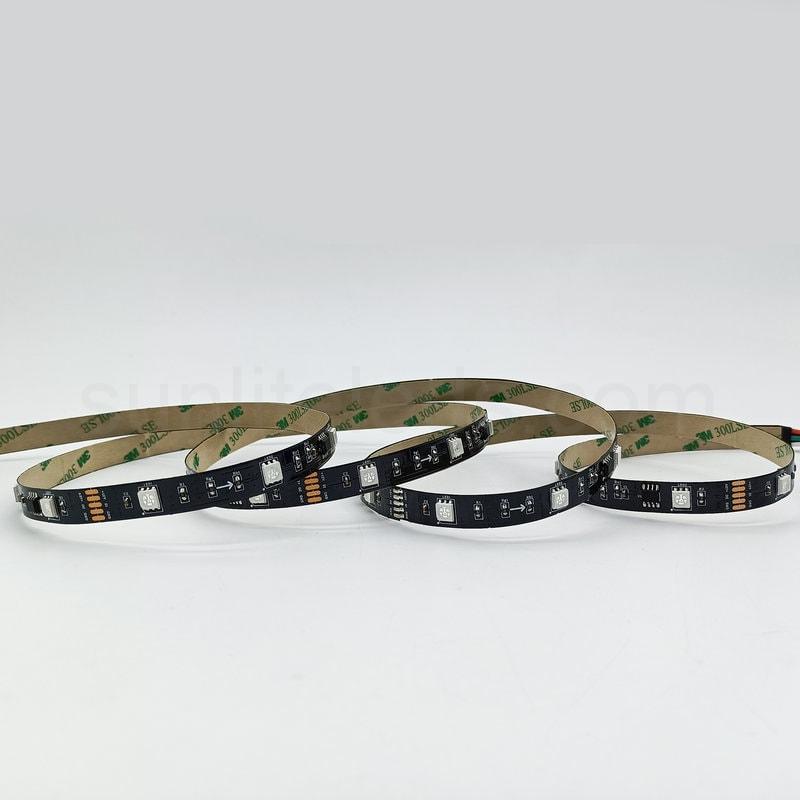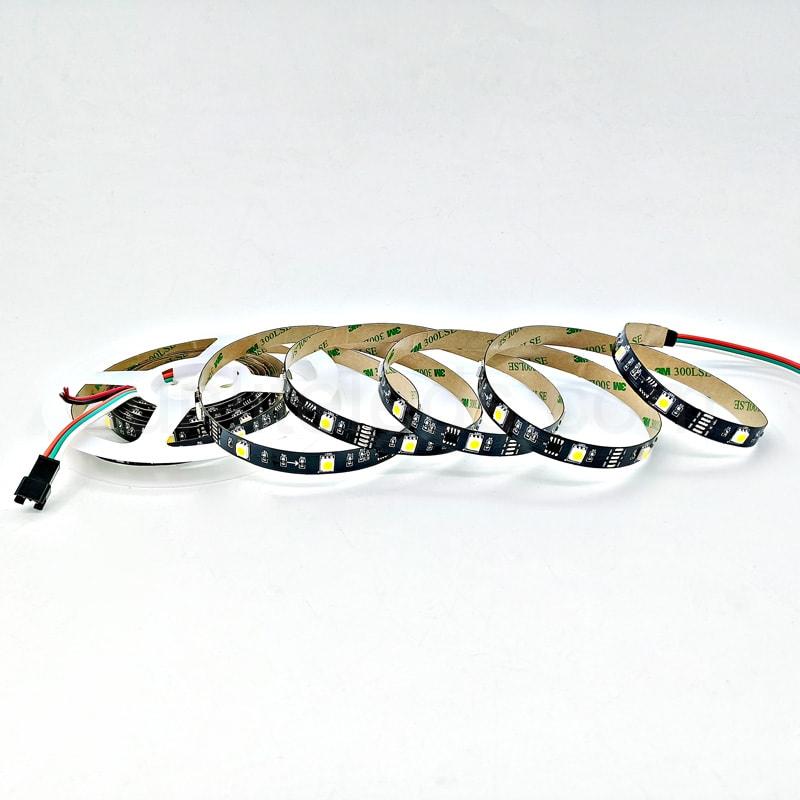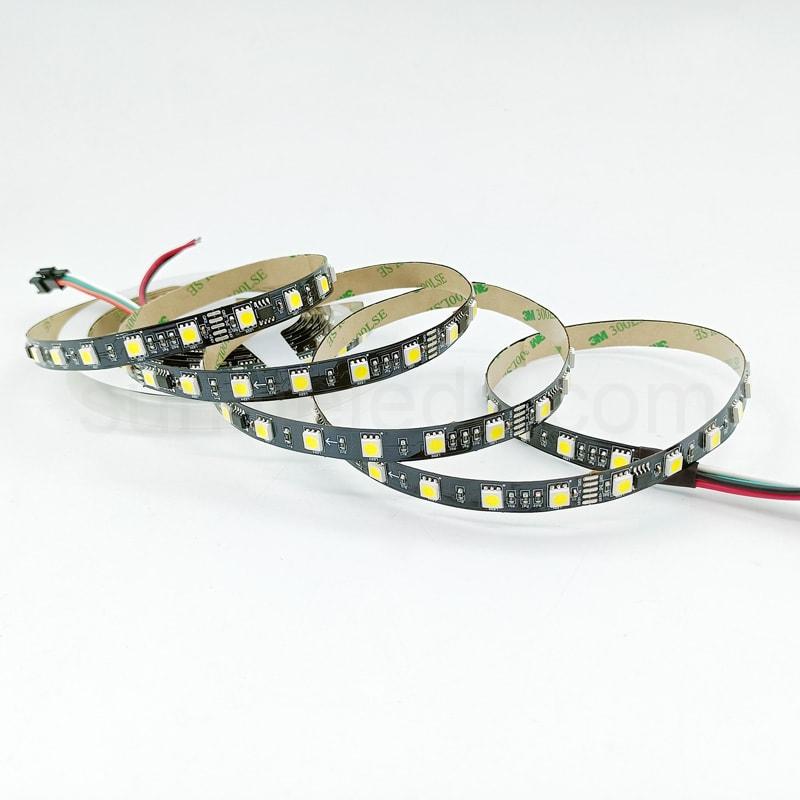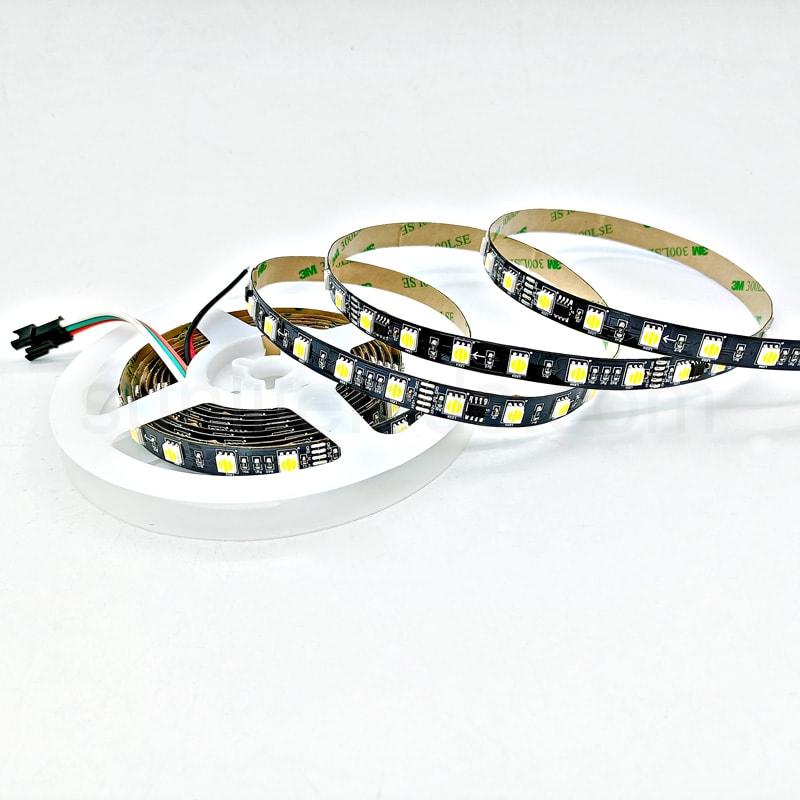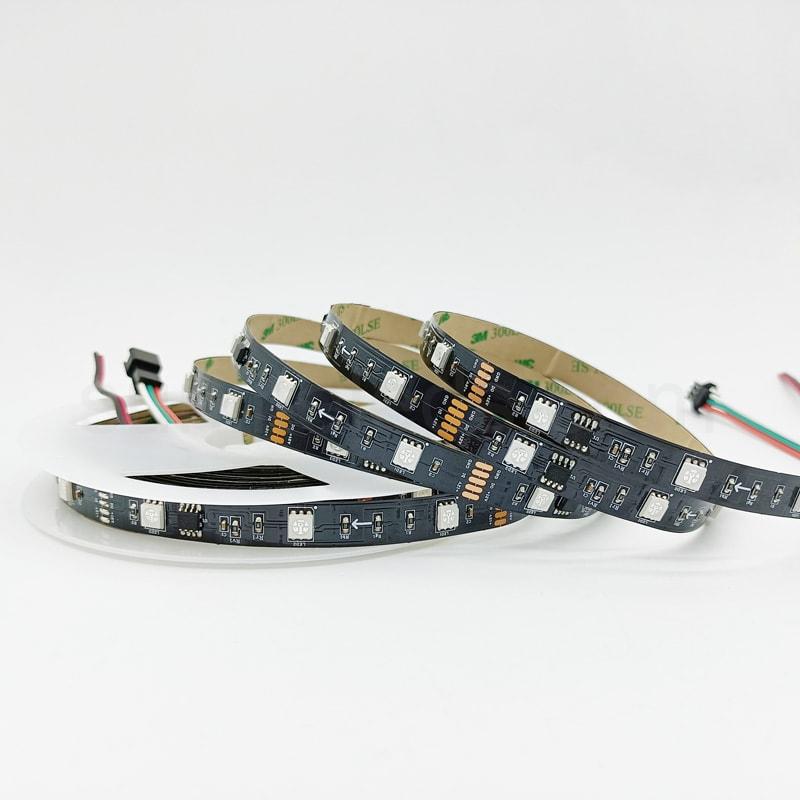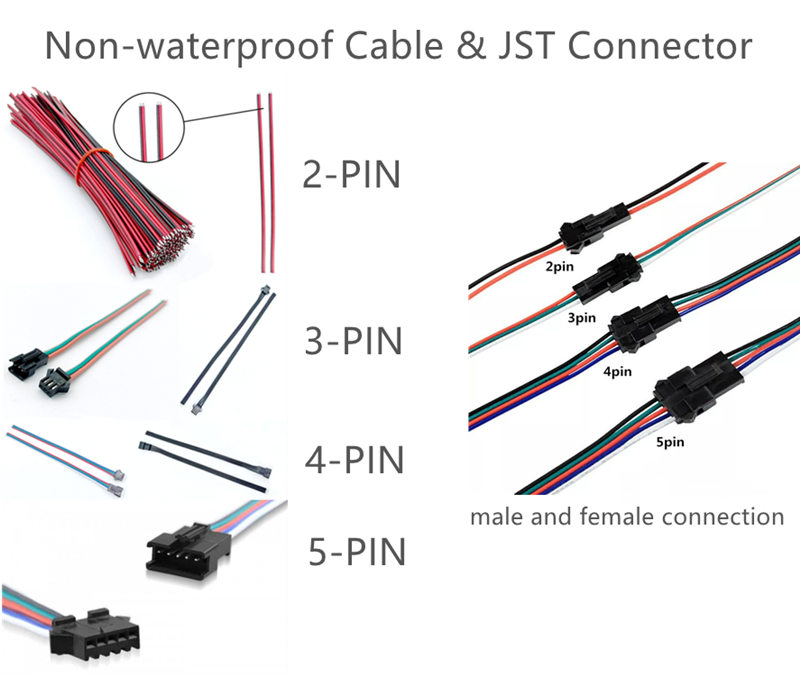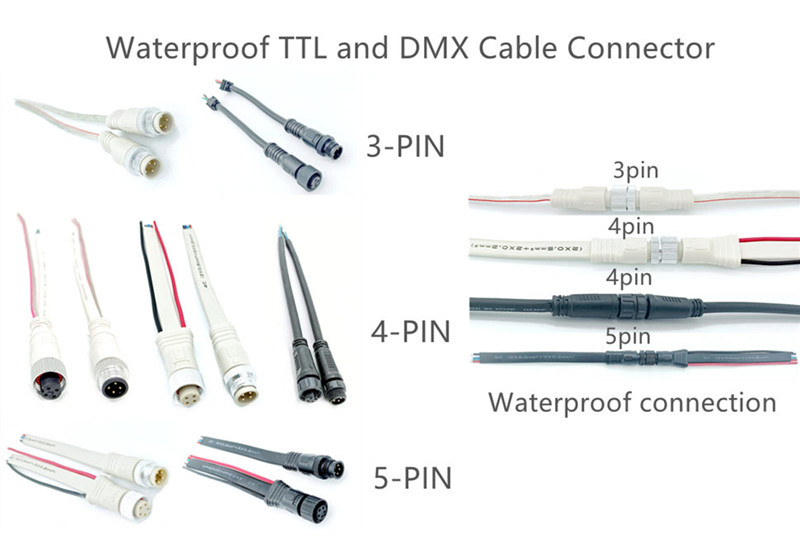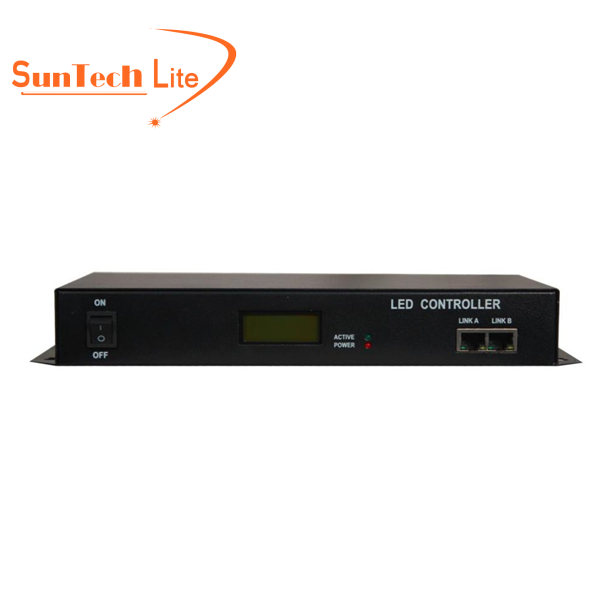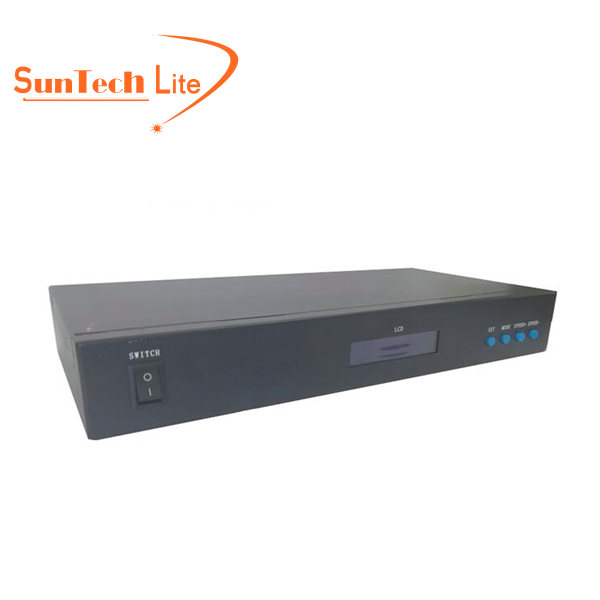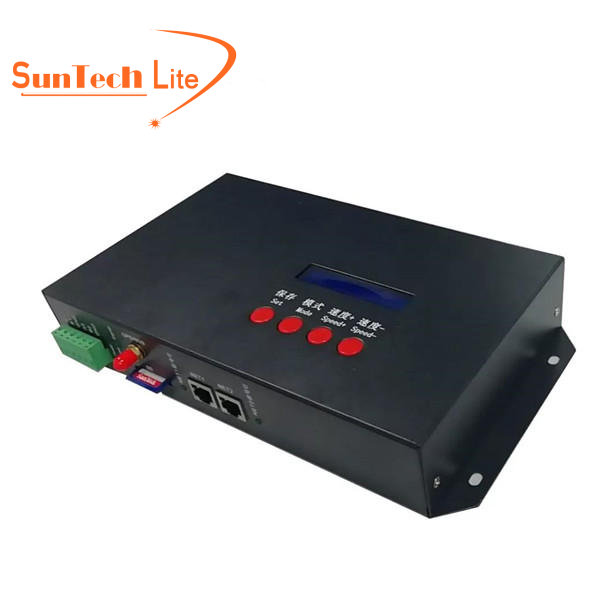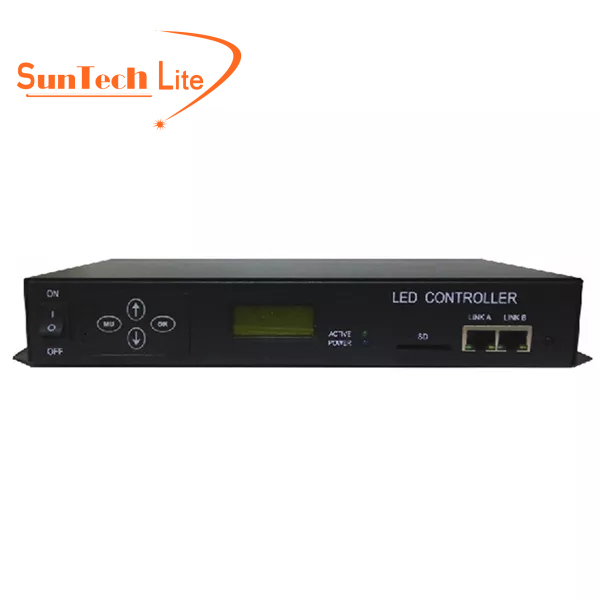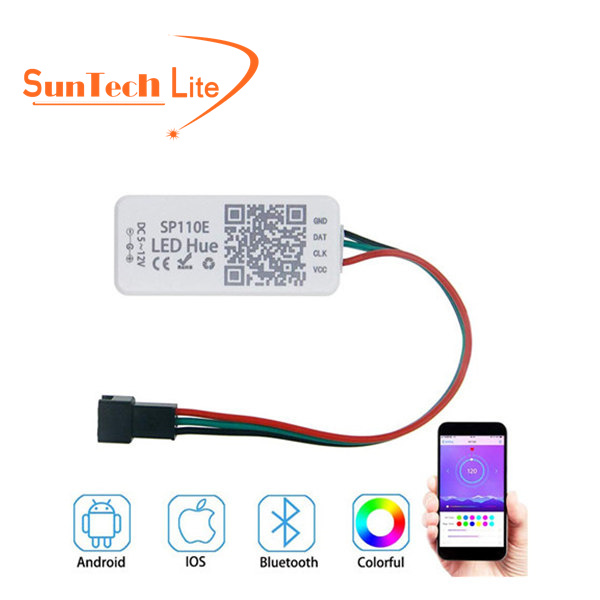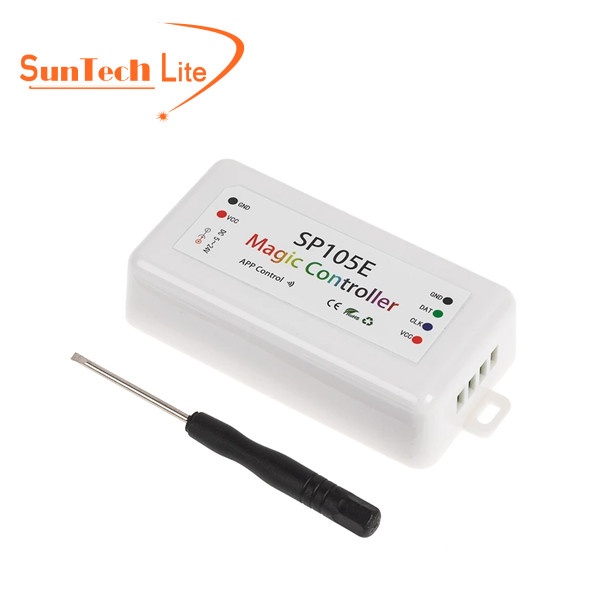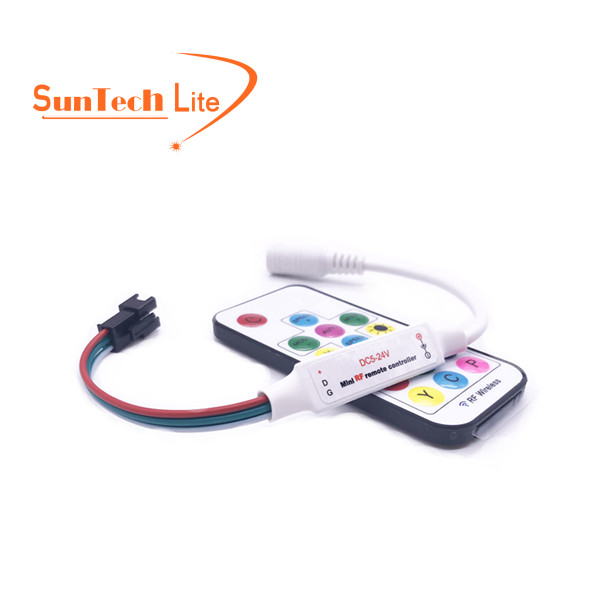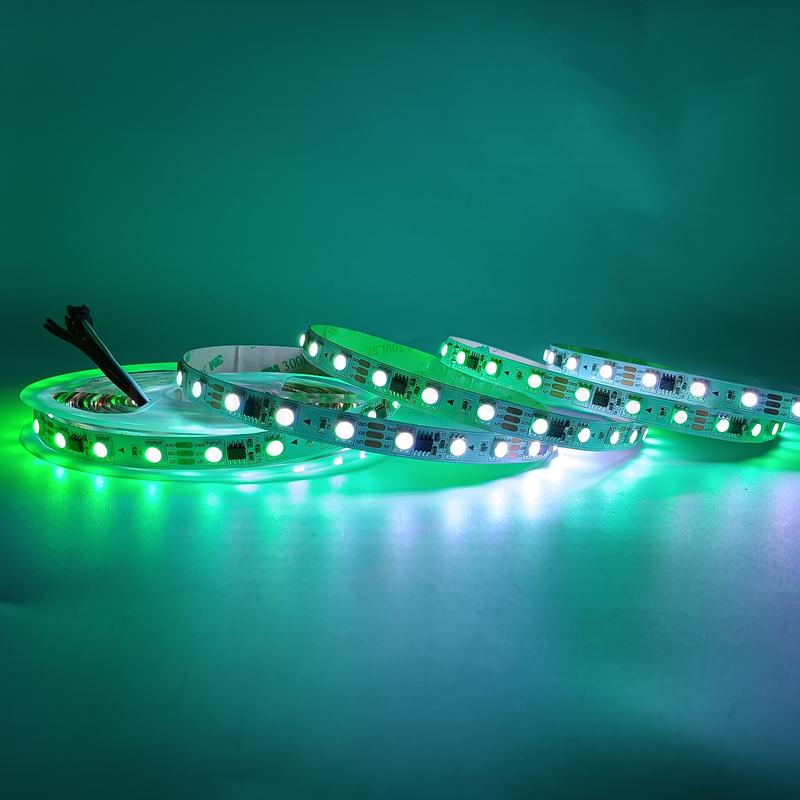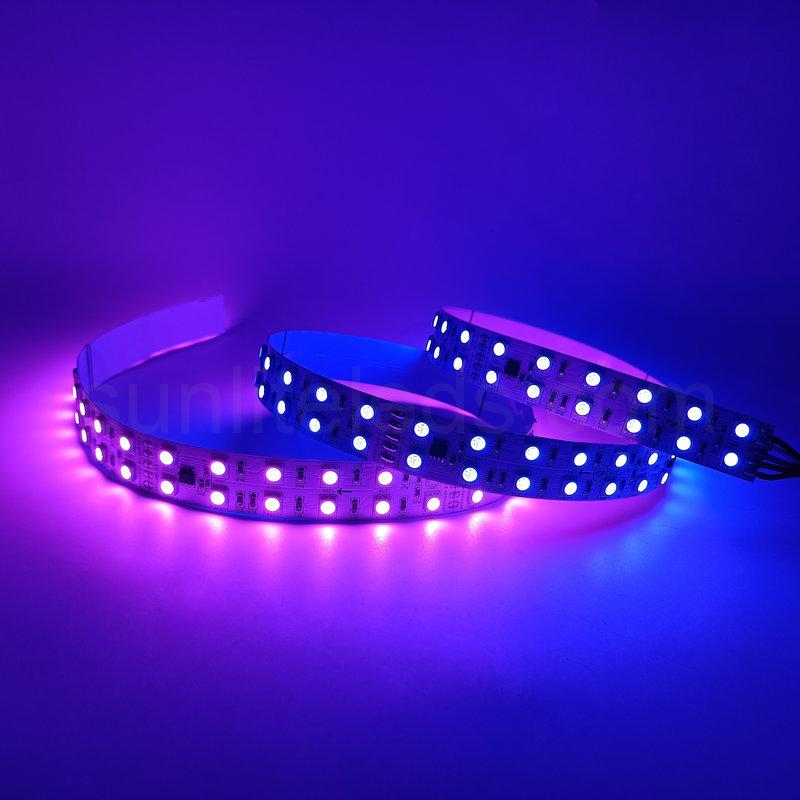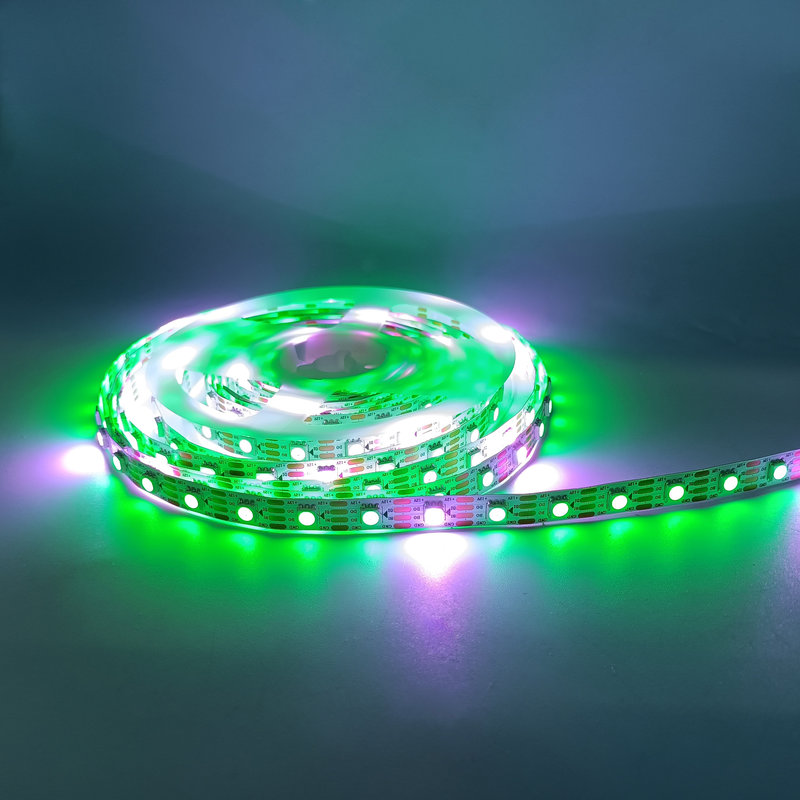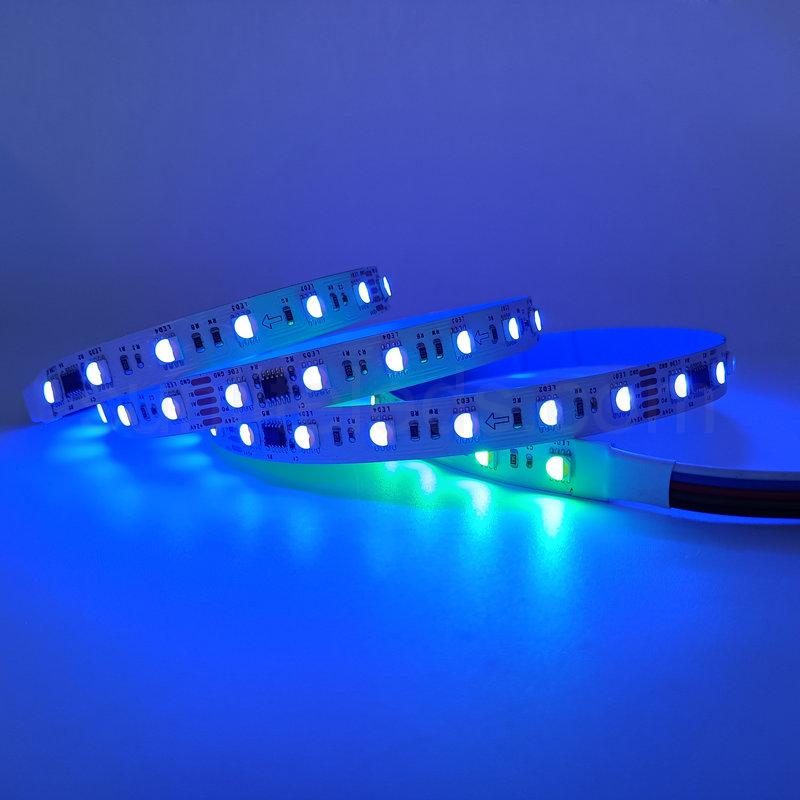UCS1903 LED strip
The UCS1903 RGB LED strip light is a type of addressable LED strip that uses the UCS1903 IC (Integrated Circuit) as its driver. This IC is more stable than WS2811 or SM16703, UCS1903 is often used for outdoor facade lighting. Pirce is also twice or triple than WS2811 or SM16703
The UCS1903 RGB LED strip light typically can be controlled to produce a wide range of colors with pixel controllers such as K1000C,K8000C. The strip can also be cut to specific lengths and reconnected as needed 12v 3leds per cut, 24v 6leds per cut, making it versatile and customizable. Addressable LED strips like the UCS1903 RGB LED strip light are often used in a variety of applications, such as home and commercial lighting, architectural lighting, stage lighting, and art installations.
Types of UCS1903 addressable RGB LED strip
For other kinds of pixel LED strips, please click: addressable LED strip types
Product Features
• Easy Programming
• Low Power Consumption
• Dynamic Lighting Effects
• Customizable Length
• Waterproof Options
• Long Lifespan
Popular Applications
• Stage Lighting
• Signage
• Nightclubs
• Architectural Lighting
• Art Installations
• Christmas and holiday lighting
UCS1903 LED Strip Accessories
Cable Connectors
Controllers
FAQ about UCS1903 LED strip
1. Do UCS1903 LED strips require a special power supply?
UCS1903 LED strips typically require a 12V/24V DC power supply. However, the power requirements can vary depending on the length of the strip and the number of LEDs on the strip.
2. How do you control the color of UCS1903 LED strips?
The color of UCS1903 LED strips can be controlled by programming the microcontroller or other device to send specific color data to each LED on the strip.
3. Can UCS1903 LED strips be synchronized with music or sound?
Yes, UCS1903 LED strips can be synchronized with music or sound by programming the microcontroller or other device to respond to specific audio signals. Such as Madrix software.
4. Can UCS1903 LED strips be dimmed?
Yes, UCS1903 LED strips can be dimmed by programming the microcontroller or other device to send a lower voltage to the LEDs.
What is the maximum length of the UCS1903 LED strip
As a general rule of thumb, for a 12V UCS1903 LED strip with 60 LEDs per meter, the maximum length that can be used with a single power supply is approximately 5 meters. for a 24v UCS1903 LED strip, the length could be 10 meters one side connected to the LED power supply.
Can I cut the UCS1903 LED strip to a shorter length
Yes, you can cut the UCS1903 LED strip to a shorter length if needed. 12v usually 3 leds per cut, 24v usually 6leds per cut. DC5v usually 1led per cut.
Why Choose SunTechLite
Located in Shenzhen, SunTechLite is one of the leading LED strip manufacturers in China. After 15 years of development, we have developed into a company integrating production and trade, and have won the trust and support of customers from all over the world with high-quality products and high-quality services.
SunTechLite uses high-quality materials and components to produce LED strips, ensuring our products are durable and reliable, and can be subject to harsh environments. And we test all products before shipping goods out to ensure that all LED strips are safe and reliable and meet standards and specifications.
We have a specialized engineering team to offer technical support and assistance with the installation and programming of the LED strips. And you can feel free to contact us if any questions in the using process.
All the LED strip lights provided at least 3 years warranty, and 5 years warranty is available.

